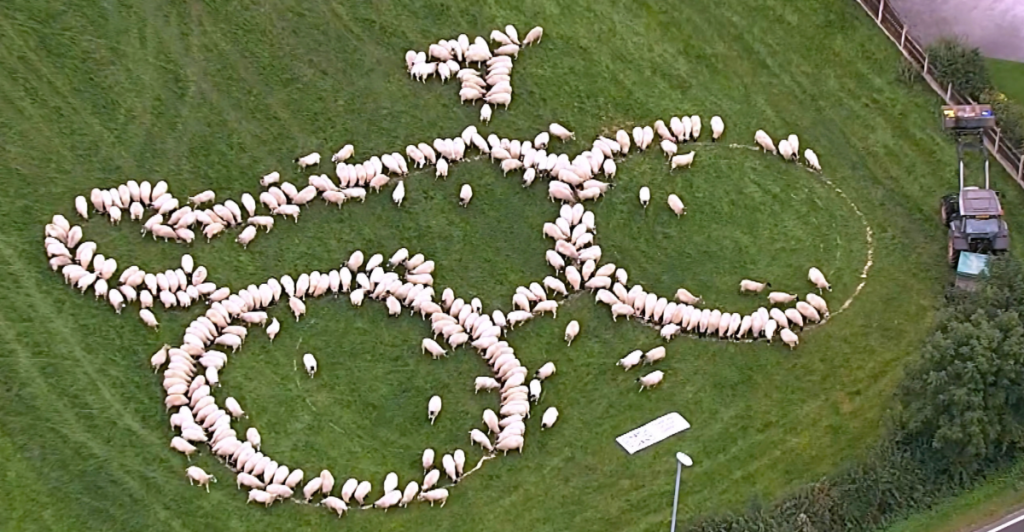
For millennia, people across the globe have reported alarmed animal behavior before natural disasters strike. From ancient Greece in 373 BC—when rats, weasels, snakes, and centipedes fled days before a devastating earthquake—to modern scientific research, these animal early warning systems continue to mystify and intrigue.
While human-made detection technologies sometimes fail, animals appear to possess extraordinary abilities to sense impending danger through mechanisms still not fully understood by science. Their heightened senses allow them to detect subtle environmental changes imperceptible to humans, potentially saving countless lives.
1. Tsunamis: When Elephants Head for Higher Ground
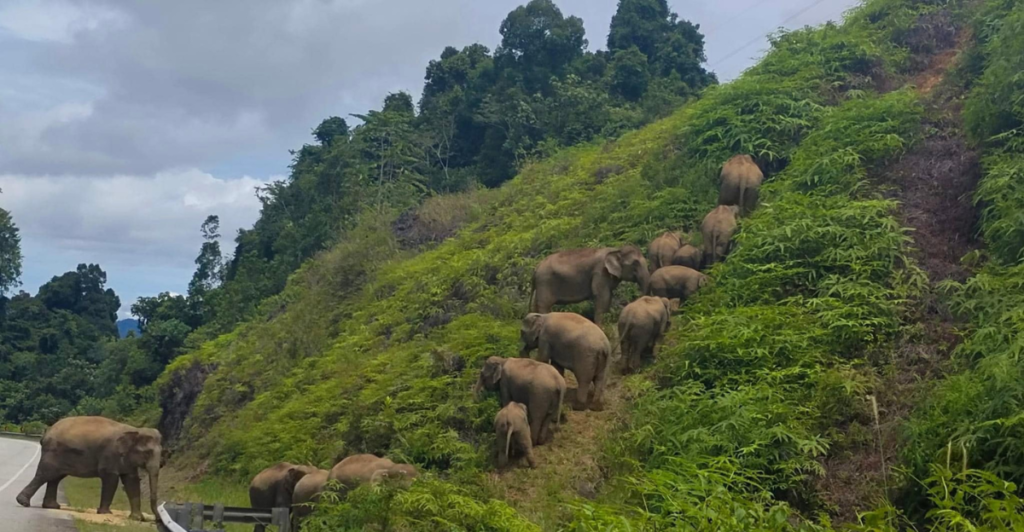
When the devastating 2004 Indian Ocean tsunami struck, killing more than 225,000 people, one eerie detail stood out: animals appeared to know it was coming. As 30-foot waves barreled toward coastlines, elephants fled to higher ground, flamingos deserted their nests, and dogs refused to step outside.
In Thailand’s Bang Koey village, locals watched in awe as buffalo near the shore perked up, stared toward the sea, then bolted inland minutes before impact. Scientists believe elephants and other animals can detect infrasound—low-frequency vibrations emitted before seismic activity.
“Survivors reported seeing animals, such as cows, goats, cats and birds, deliberately moving inland shortly after the earthquake and before the tsunami came,” notes Irina Rafliana, a disaster risk researcher. “Many who survived ran along with these animals or immediately after”
2. Earthquakes: The Mysterious Behavior of Farm Animals
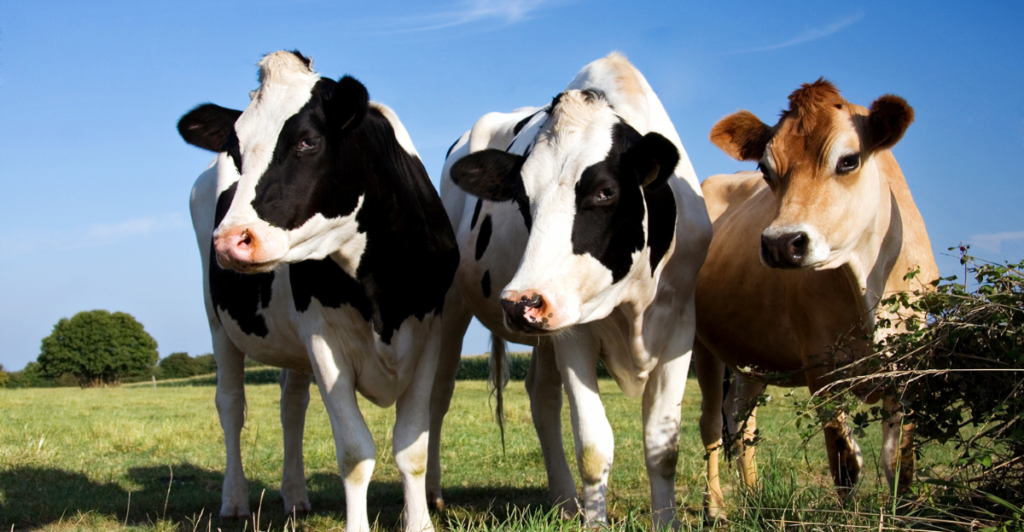
Despite advances in science, earthquakes remain stubbornly unpredictable—but animals might hold a key. In a pioneering study by the Max Planck Institute of Animal Behavior, researchers outfitted cows, sheep, and dogs in Northern Italy with motion sensors.
What they found was striking: the animals grew unusually agitated up to 20 hours before a quake. Even more telling, those closest to the epicenter reacted the earliest. This method accurately anticipated seven out of eight significant earthquakes.
“Of all the creatures on the earth, snakes are perhaps the most sensitive to earthquakes,” noted Jiang Weisong, former director of the Nanning bureau, highlighting how different species exhibit varying levels of sensitivity to seismic precursors.
3. Volcanic Eruptions: The Goats of Mount Etna
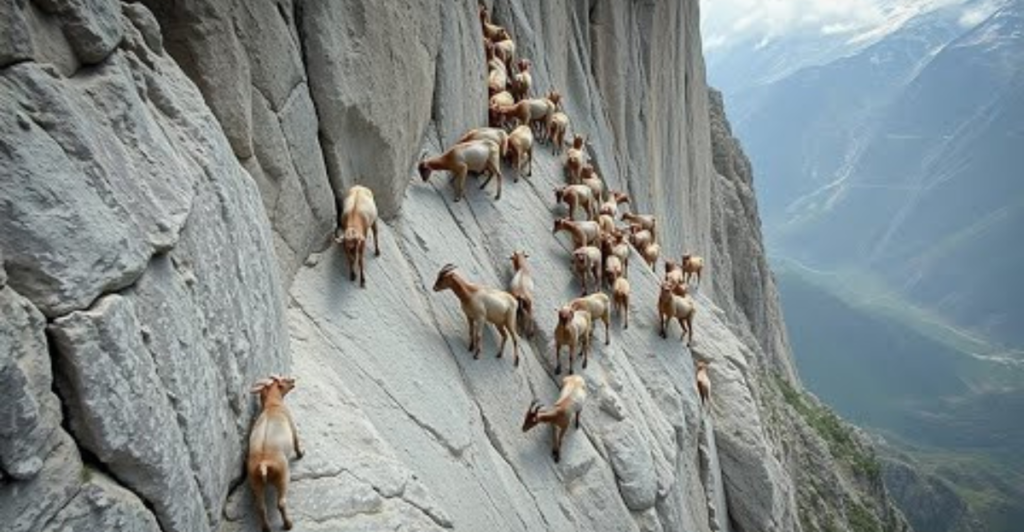
For generations, goat herders on the slopes of Sicily’s Mount Etna have claimed their animals can sense impending eruptions. Curious to test this local wisdom, researcher Martin Wikelski and his team tracked goats in the region ahead of major volcanic activity.
The results were striking: before all eight studied eruptions, the goats retreated from high pastures to lower ground—often up to 14 hours in advance. These movements occurred well before any visible warning signs.
Scientists believe the animals may detect trace volcanic gases like sulfur dioxide and hydrogen sulfide. The findings not only support the idea that animals can sense natural disasters—they also validate centuries of traditional knowledge long written off as folklore.
4. Wildfires: The Evolutionary Adaptations of Forest Creatures
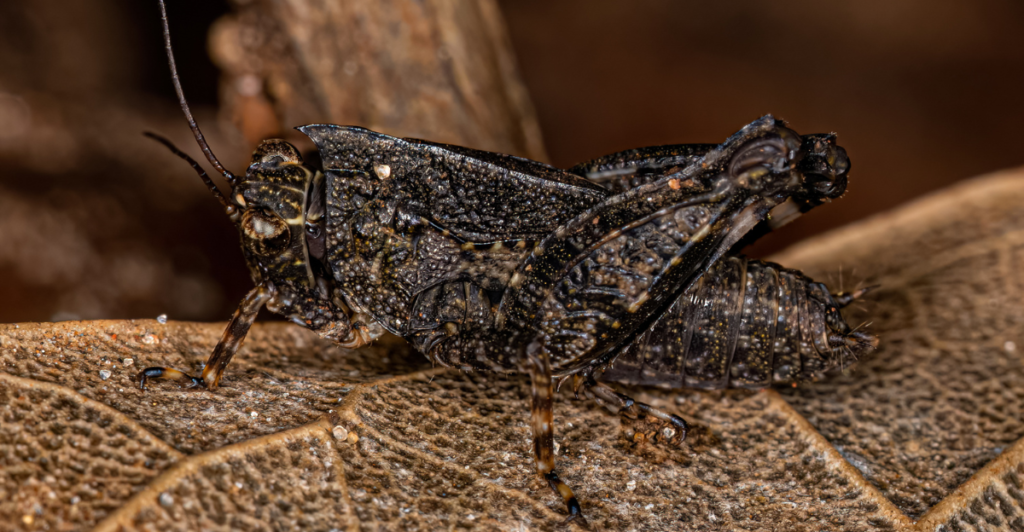
Forest fires have driven extraordinary evolutionary adaptations in animals—giving them detection abilities far beyond human reach. Most land mammals can sense nearby fires early enough to escape, and even insects have evolved remarkable traits.
Certain beetles, for instance, possess “sensory pits” that detect infrared radiation, allowing them to spot wildfires from afar. As climate change worsens fire frequency, animal responses evolve in step. Eastern fence lizards in fire-prone zones now outrun those from safer areas.
Pygmy grasshoppers are 50% more likely to hatch jet-black, camouflaging against scorched terrain, while fox squirrels show similar traits. Unlike humans, who depend on satellites and technology, these species have inherited finely tuned warning systems—crafted over thousands of generations by the constant threat of flame.
5. Storms and Hurricanes: The Prophetic Veeries
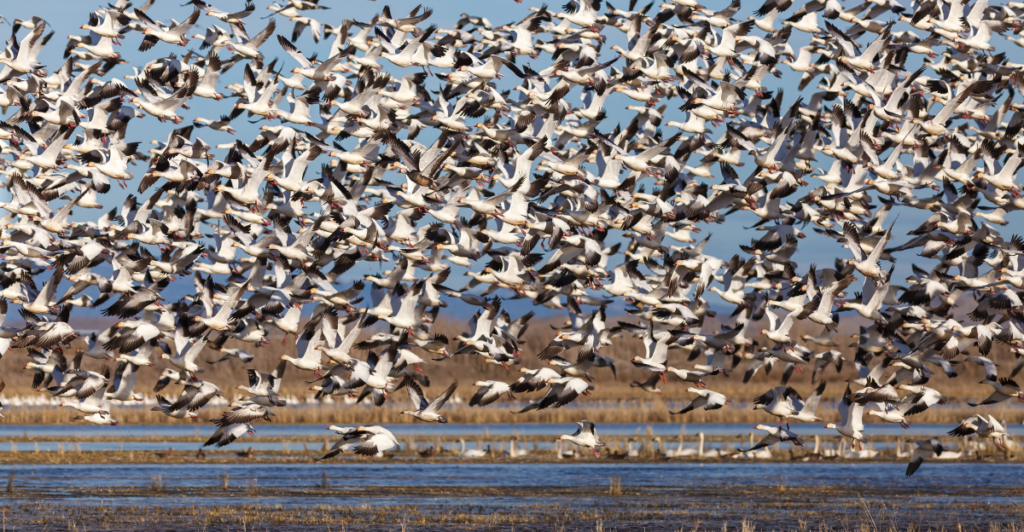
Birds may possess one of nature’s most astonishing forecasting tools—an ability to sense major storms months before they develop. In a recent study, scientists discovered that veeries, a type of thrush, can predict the intensity of the Atlantic hurricane season based on changes in their breeding patterns.
When the birds ended breeding and began migration early, the hurricane season that followed was typically more severe. Researchers suspect this early departure gives the birds more flexibility to avoid dangerous conditions over open water.
Sharks also exhibit a similar instinct, diving to deeper depths before hurricanes make landfall. Experts believe these responses are linked to birds’ acute sensitivity to barometric pressure and other subtle atmospheric cues far beyond human detection.
6. Avalanches: Wolverines, Nature’s Snow Detectors

Long viewed as fierce and unruly, the wolverine—once described as “one of the most powerful, thievish, daring, and efficient killing machines known to man”—may hold the key to saving lives. These animals can sniff out bodies buried beneath as much as 20 feet of snow, an instinct now being tested in avalanche rescue efforts.
“Anything you can train a dog to do, you can train a wolverine to do, five times quicker,” says Mike Miller of the Alaska Wildlife Conservation Center. Unlike dogs that follow handlers, wolverines naturally follow avalanche paths, instinctively searching for victims.
Their unmatched sense of smell and agility in rugged terrain make them promising allies in search-and-rescue operations across remote, snowbound landscapes.
7. Droughts: The Microscopic Early Warning System

In Australia’s arid interior, tiny arthropods may offer an early warning system for drought—long before visible signs emerge. A study in western New South Wales found that even modest rainfalls under 40mm sparked dramatic booms in 10 of 15 arthropod groups.
Collembolan populations surged by a staggering 10.4 million percent, while spiders jumped 81 percent. Remarkably, beetles, mites, spiders, and collembolans stayed abundant through winter and worsening drought. Researchers believe these micro-critters can detect soil moisture shifts undetectable to humans or larger animals.
Their sensitivity challenges traditional models of arid ecosystem responses and suggests tracking their numbers could help forecast drought impacts earlier—offering a new tool in water-scarce regions where advance warning is critical.
8. Floods: Worms and Wildlife Evacuation Patterns
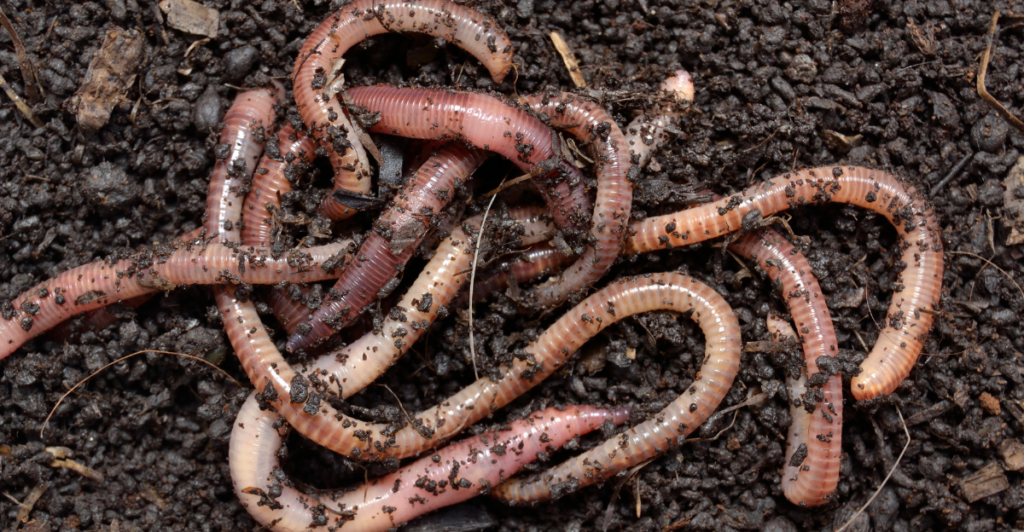
When floods loom, earthworms may be among the first to sound the alarm. These simple creatures often surface in large numbers well before visible flooding, a behavior long noted by farmers and observers. Their entire bodies act as sensitive pressure detectors, picking up on subtle shifts in soil moisture and groundwater levels.
During the catastrophic 2004 Indian Ocean tsunami, locals in several regions reported mass worm emergencies hours ahead of flooding. Scientists believe this uncanny timing comes from the worms’ need for oxygen—they instinctively flee saturated soil before it becomes uninhabitable.
In some indigenous traditions, worm behavior has served as a trusted flood warning: when earthworms rise from the ground en masse, water is usually not far behind.
9. Forest Fires: Small Fish as Drought and Fire Indicators

Small fish species like shiners and minnows are emerging as unexpected but effective drought detectors, signaling the conditions that often precede destructive wildfires. Research from Texas A&M AgriLife shows these fish respond to subtle changes in water flow long before visible signs of drought appear in creeks, streams, and rivers.
“Small shiners tell us so much about water quality and quantity,” says Joshuah Perkin, a fish ecologist at Texas A&M University. “Much like canaries’ sensitivity to low oxygen levels warned miners, these small fish species raise red flags regarding water shortages and contaminants.”
Their population shifts could provide early warnings of drought, offering a unique biological tool to help predict fire seasons and support prevention efforts in fire-prone areas.
The Future of Biological Disaster Detection

As natural disasters grow more frequent and severe, animal early warning systems are emerging as a valuable supplement to technological detection methods. The International Cooperation for Animal Research Using Space (ICARUS) initiative is leading the charge by tracking wildlife worldwide with solar-powered transmitters.
This vast data collection enables scientists to study how animals respond to disasters, potentially merging animal behavior monitoring with traditional detection technologies. The economic benefits are clear—while the Indian Ocean Tsunami Warning System costs countries between $50-100 million annually, biological monitoring could offer similar protection at a fraction of the cost.
However, challenges remain in decoding animal signals and differentiating between responses to various threats. As climate change reshapes disaster patterns, tapping into animals’ sensory abilities could be key to enhancing resilience in vulnerable communities.
Explore more of our trending stories and hit Follow to keep them coming to your feed!

Don’t miss out on more stories like this! Hit the Follow button at the top of this article to stay updated with the latest news. Share your thoughts in the comments—we’d love to hear from you!







